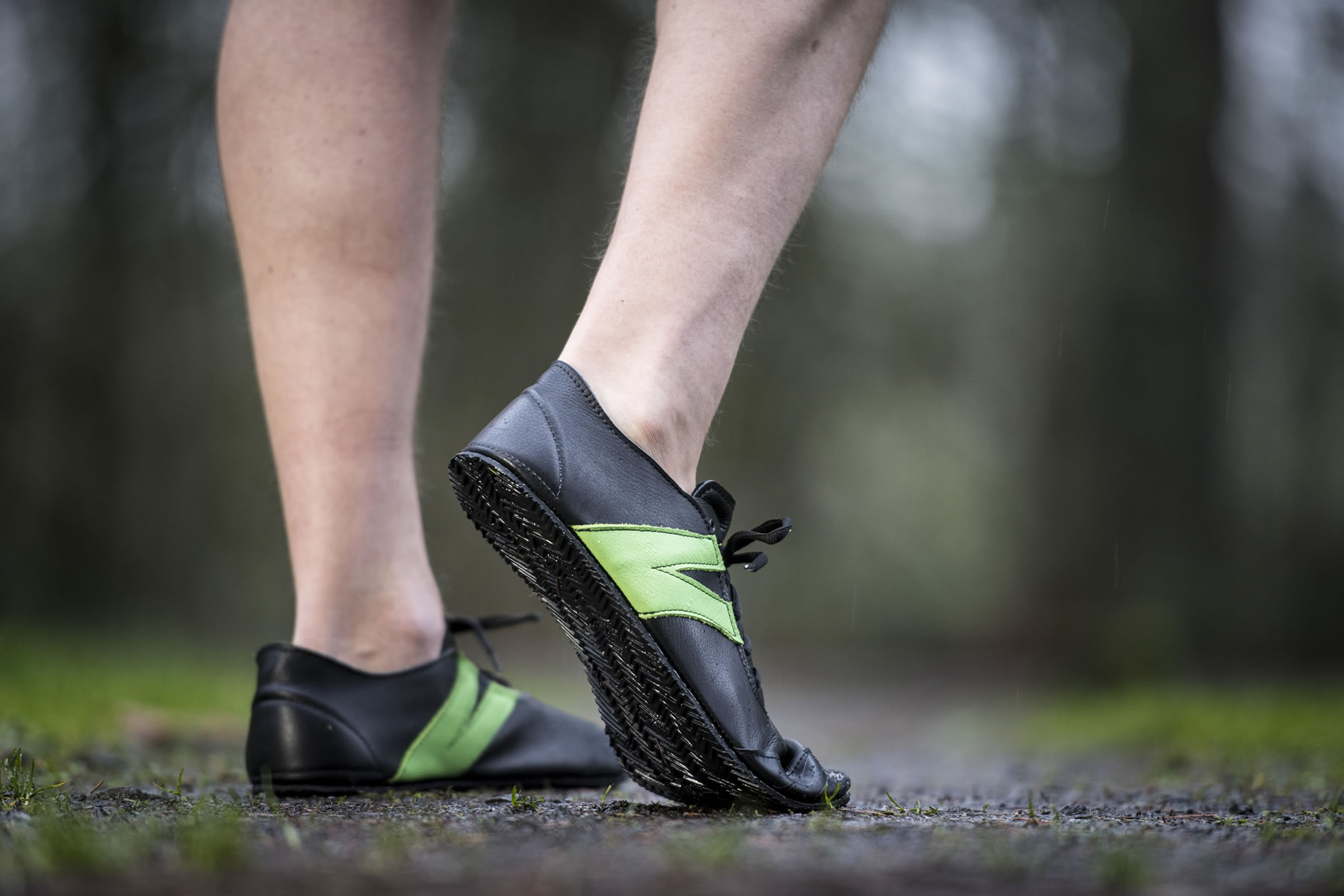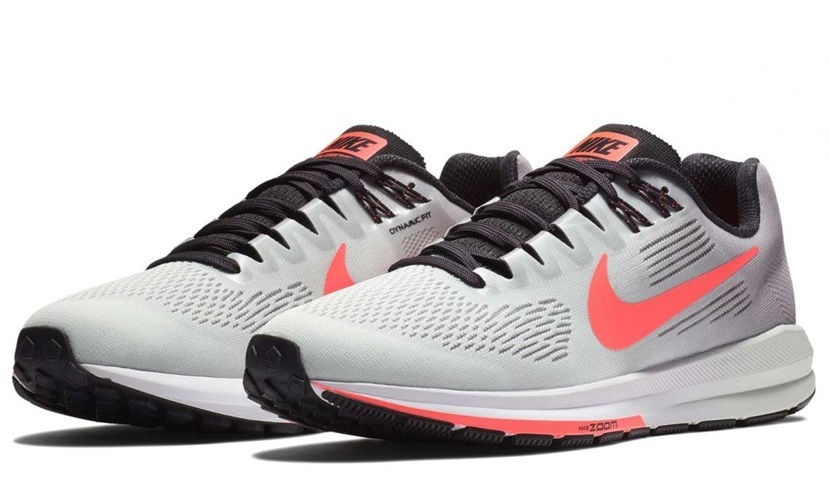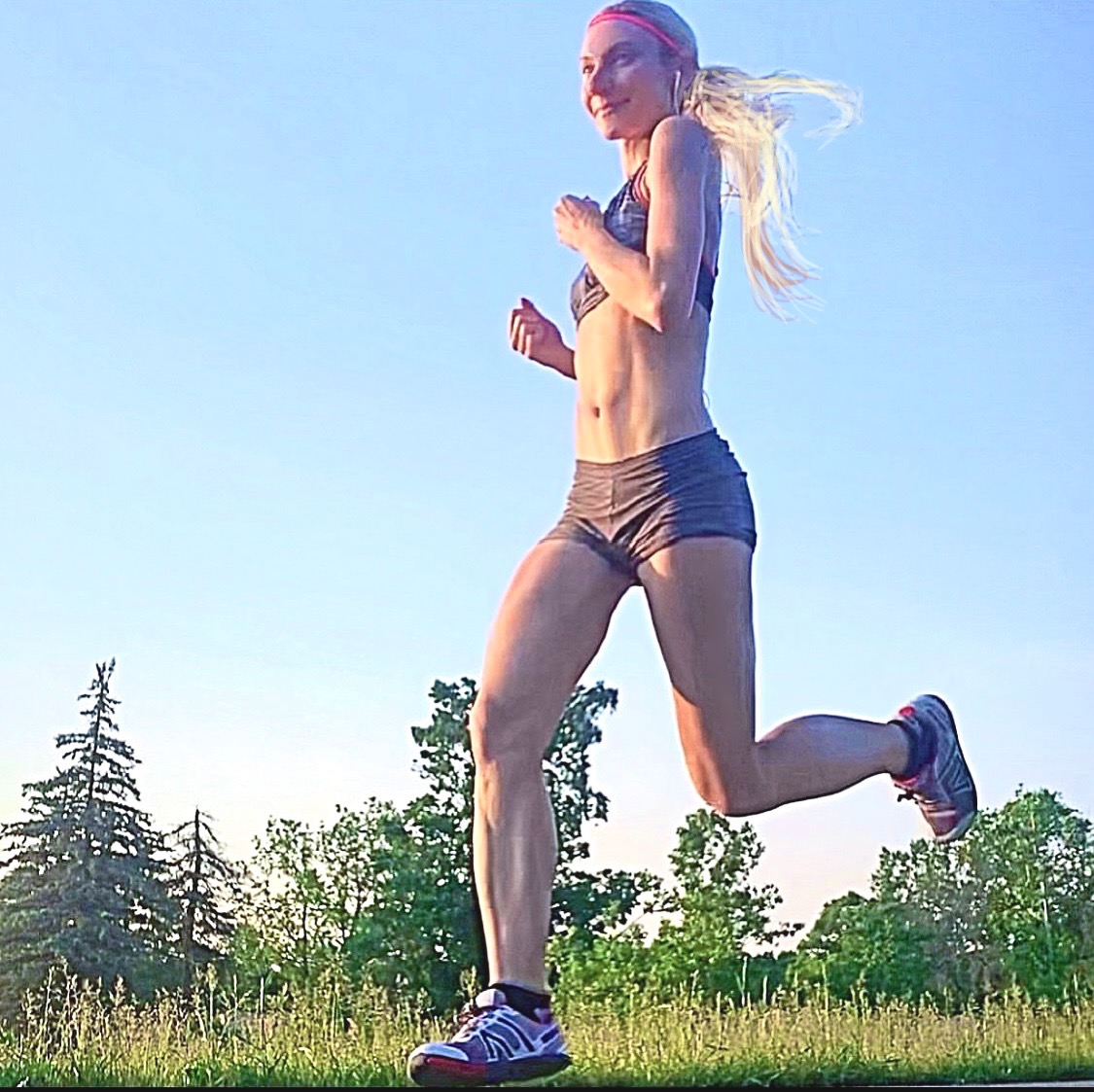Minimalist shoes are more than good for the feet because they not only improve the functional strength and shape of the foot, they were found to make the feet more efficient at absorbing impact!
A wealth of data has made the convincing case that running in minimalist running shoes reduces a multitude of impact forces by encouraging low-impact mechanics such as a forefoot strike, greater knee flexion and better toe splay. Now more research has found another way minimalist running shoes reduces impact during running and that is by improving the natural abilities of the arch to act as a shock absorber via increased arch mobility and compression, which also reduces costly mechanical work on the lower leg!

A 2014 study in the Journal of Athletic Training found that increased arch mobility during running contributes to injury prevention because of its direct effect on minimizing impact and preventing forceful engagements of the lower leg, such as excessive tibia (shin) eversion (shin turns outward) and internal rotation excursion which are known musculoskeletal stressors linked to injuries such as shin splints and runner’s knee.
The study found that restricted arch mobility (which is usually the case in narrow, stiff running shoes) sharply limited arch compression which led to higher rates of impact which in turn kicked into high gear more vigorous compensatory mechanical work of the lower leg to help absorb the pronounced impact during running.

Conversely, injury prevention efforts targeting improving the functional strength of the feet, achieving low-impact running and helping you build more stable mechanics should involve the use of wide, flexible minimalist running shoes. This is because the barefoot-configured design encourages physical and mechanical engagements that increase the efficiency of the feet in holding your stride mechanics more stable and preventing increases in impacts from spreading out onto the rest of the leg.


The study also found that the runners with greater arch mobility had reduced components of the vertical ground reaction force and loading rates which in turn reduced the need for greater compliance at other lower extremity joints, such as the knee as compared with runners with greater arch rigidity (i.e less arch mobility). Again, this means that when the arches have better mobility during running, impact is less pronounced which reduces mechanical strain because there’s less vigorous impact attenuation response on multiple sites of the leg.
Lastly, another reason rigid arches strain more muscles in the lower leg during running is that the researchers found that runners with rigid arches processed a more intense degree of torsion across the lower leg of which this form of stress is correlated with an increased risk for shin fracture.
These findings are an obvious proof of concept that running in minimalist running shoes decrease injurious conditions by encouraging mechanical outputs that are optimal for reducing competing forces while having more influence on strengthening the feet as compared with most conventional running shoes.
If you’ve enjoyed this article, you’ll love my content over at my YouTube channel, here, where I go into more detail about the evidenced-based facts on the performance and injury preventative advantages of forefoot running vs heel strike running.

References:
Nachbauer, W; Nigg, BM: Effects of arch height of the foot on ground reaction forces in running. Med. Sci. Sports Exercise 24:1264–1269, 1992.
Lees at el. Shock absorption during forefoot running and its relationship to medial longitudinal arch height. Foot & Ankle Inter, 2005;26(12) 1080-1088.
Willams et al. Increased medial longitudinal arch mobility, lower extremity kinematics, and ground reaction forces in high-arched runners. J Athl Train, 2014; 49(3):290-296.
If you’d like, you can support Run Forefoot by shopping for minimalist footwear from the following places:
Vivobarefoot: https://shrsl.com/3kvih
Feel Grounds: https://www.feelgrounds.com/?p=RunForefoot
SoftStar Shoes: https://shareasale.com/r.cfm?b=1734107&u=3288901&m=107180&urllink=&afftrack=
Be Lenka: https://www.dpbolvw.net/click-7600968-14330828
Wilding Shoes: https://bit.ly/3lIygQP
Xero Shoes: https://xeroshoes.com/go/Run_Forefoot
Zappos: https://bit.ly/3agv5NG
You can also show support and help keep Run Forefoot going by making a donation in any amount of your choosing: https://www.paypal.me/RunForefoot
Bretta Riches
BSc Neurobiology; MSc Biomechanics candidate, ultra minimalist runner & founder of RunForefoot. I was a heel striker, always injured. I was inspired by the great Tirunesh Dibaba to try forefoot running. Now, I'm injury free. This is why I launched Run Forefoot, to advocate the health & performance benefits of forefoot running and to raise awareness on the dangers of heel striking, because the world needs to know.
Latest posts by Bretta Riches (see all)
- Can You Run In Barefoot Shoes? Yes, But DON’T Heel Strike! - 21/07/2024
- Why Cushioned Running Shoes Are Really Bad for Your Feet - 19/07/2024
- Do Cushioned Running Shoes Cause Injuries? - 17/07/2024
